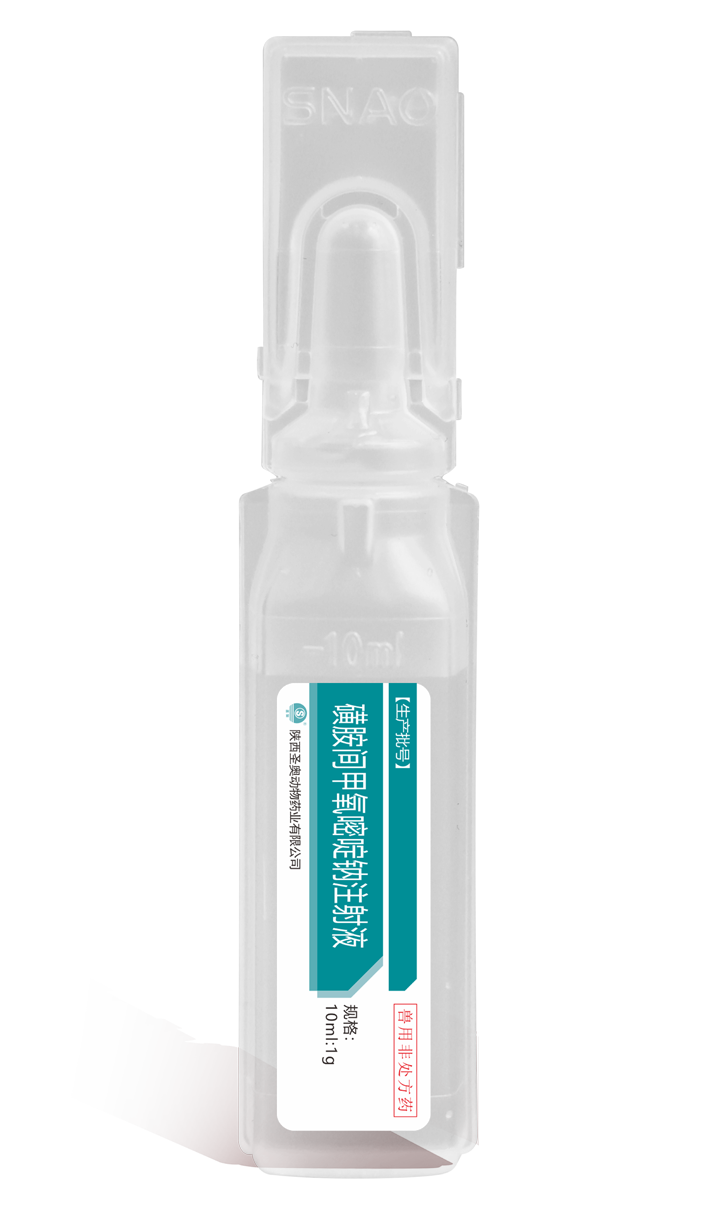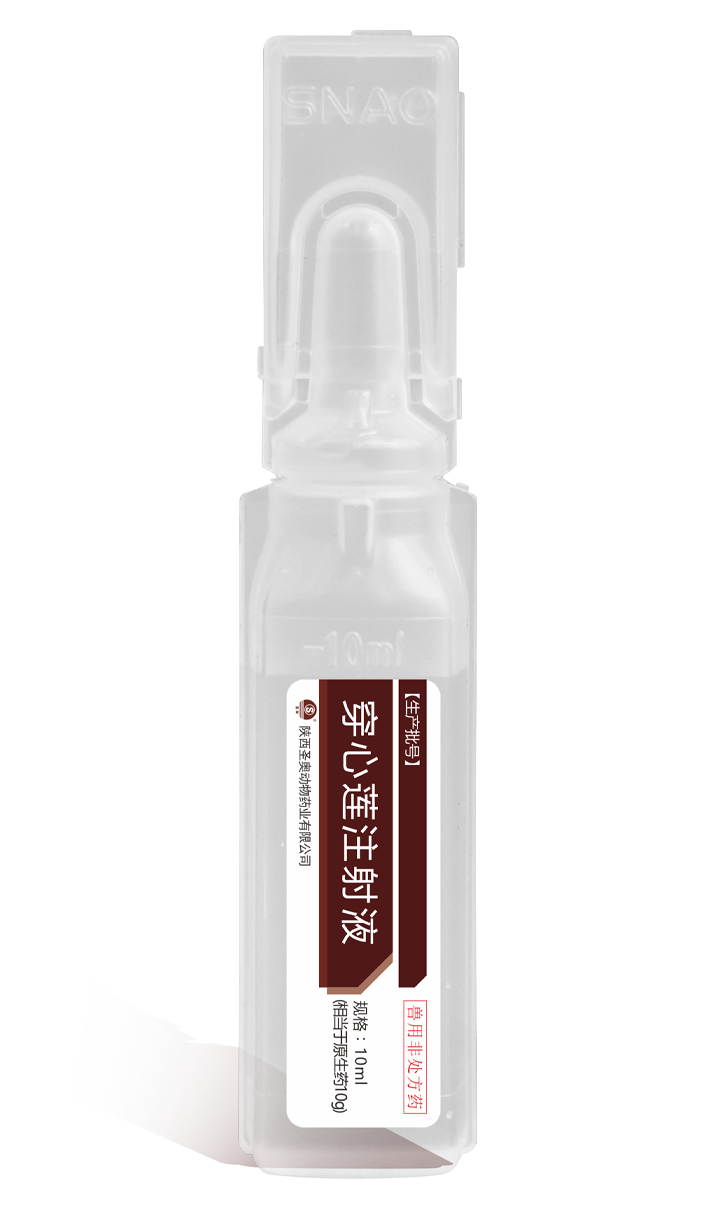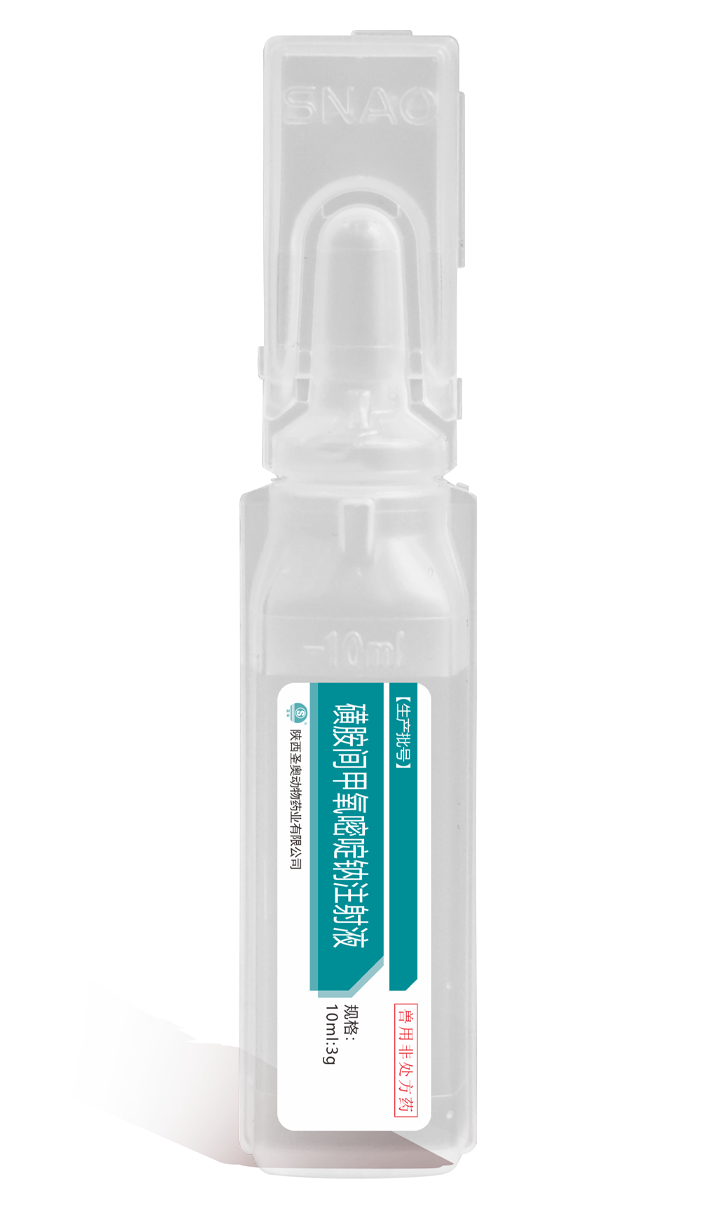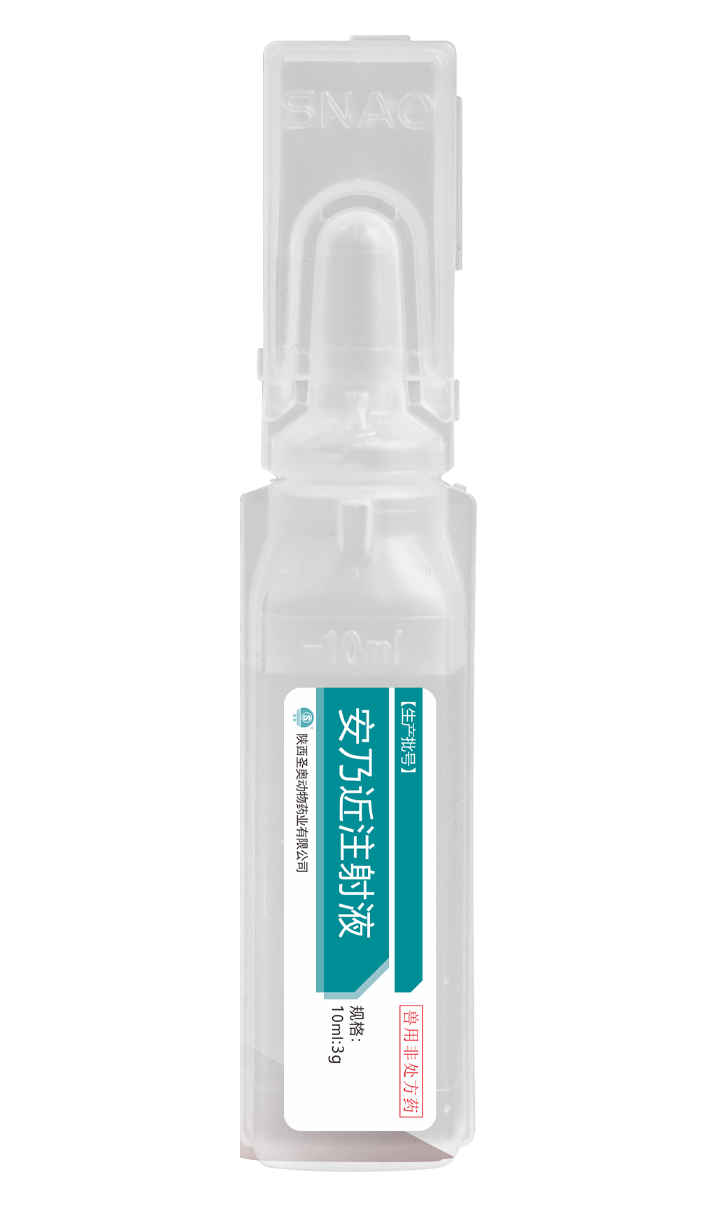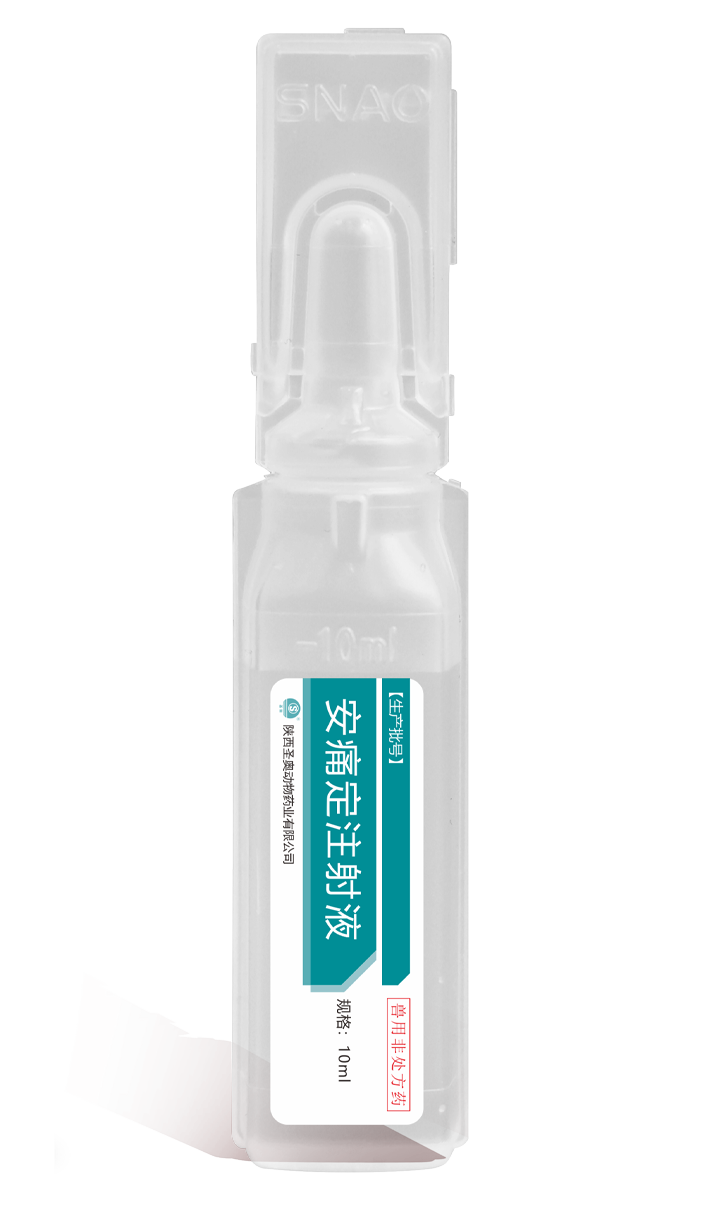
sulfadiazine sodium injection
Key words:
Classification:
Detailed Description
[main ingredient] sulfadiazine sodium
[properties] this product is colorless to yellowish clear liquid; It is easy to deteriorate when exposed to light.
[pharmacological action]
Pharmacodynamics sulfadiazine is a broad-spectrum antibacterial drug, which can inhibit the synthesis of folic acid in sensitive bacteria by competing with p-aminobenzoic acid for dihydrofolate synthase. Higher animals can directly use exogenous folate, so their metabolism is not interfered by sulfonamides. After the bacteria developed resistance to sulfadiazine, they also had different degrees of cross resistance to other sulfonamides. It is effective against most Gram-positive bacteria and some Gram-negative bacteria. It is also effective against coccidia, avian leukocytosis and Toxoplasma gondii, but it has no effect on spirochetes, Rickettsia and tuberculosis. The pathogens sensitive to sulfadiazine are Streptococcus, pneumococcus, Salmonella, Corynebacterium pyogenes, Escherichia coli, Haemophilus paragallinarum, etc; Generally, Staphylococcus, proteus, Pasteurella, Clostridium perfringens, pneumonia, anthrax, Pseudomonas aeruginosa, etc. are sensitive. Due to insufficient dose and treatment, bacteria are prone to develop resistance to sulfadiazine, especially staphylococcus, followed by Escherichia coli and Streptococcus.
Pharmacokinetics sulfadiazine is metabolized mainly in the liver, and the most common metabolic mode is the acetylation of para amino. The elimination half-life of sulfadiazine in different animals varied greatly, with 9.84 hours in dogs, 5.41-5.55 hours in horses, sheep and chickens, and 1.82-2.57 hours in dairy goats, yellow cattle, buffalo and pigs. Sulfadiazine is mainly excreted by kidney in the form of PROTOFORM, acetylate and glucosidic acid conjugate. When renal function is damaged, its elimination half-life is prolonged. A small amount of sulfadiazine is also excreted through milk, digestive juice and other secretions.
[drug interactions]
(1) It cannot be mixed with tetracycline, kanamycin, lincomycin, etc. for injection.
(2) When combined with benzylaminopyrimidine (such as TMP), it can produce synergistic effect.
(3) Some drugs containing p-aminobenzoyl, such as procaine and tetracaine, can produce p-aminobenzoic acid in vivo. Yeast tablets contain p-aminobenzoic acid required for bacterial metabolism, which can reduce the effect of this drug, so it is not suitable for use.
(4) When used with diuretics such as thiazide or furosemide, it can aggravate renal toxicity.
[function and use] sulfonamides. It can be used for sensitive bacteria infection and Toxoplasma gondii infection.
[usage and dosage] intravenous injection: 0.5~1ml per 1kg body weight of livestock. 1-2 times a day for 2-3 days.
[adverse reactions]
(1) Sulfadiazine or its metabolites can precipitate in urine, which is more likely to crystallize when administered at high doses or low doses for a long time, causing crystalline urine, hematuria or renal tubular obstruction.
(2) Intravenous injection in horses can cause temporary paralysis.
(3) Acute poisoning. Most of them occurred in intravenous injection, the speed was too fast or the dose was too large. The main manifestations are nerve excitation, ataxia, myasthenia, vomiting, coma, anorexia and diarrhea. Cattle and goats can also see visual angle obstruction and mydriasis.
[precautions]
(1) This product can precipitate crystals in the presence of acids, so it should not be diluted with 5% glucose solution.
(2) Long term or large dose application is easy to cause crystalline urine, so sodium bicarbonate should be applied at the same time, and a large amount of water should be given to the affected animals.
(3) In case of allergic reaction or other serious adverse reactions, stop the drug immediately and give symptomatic treatment.
[drug withdrawal period] 10 days for cattle, 18 days for sheep and 10 days for pigs; The weaning period is 72 hours.
[Specification] 10ml:1g
[package] 10ml × 10 pieces/box
Related Products

Contact Information
Contact Address

Address: Jinghe Xincheng Jingyong Road Middle Industrial Park, Xixian New District, Shaanxi Province




